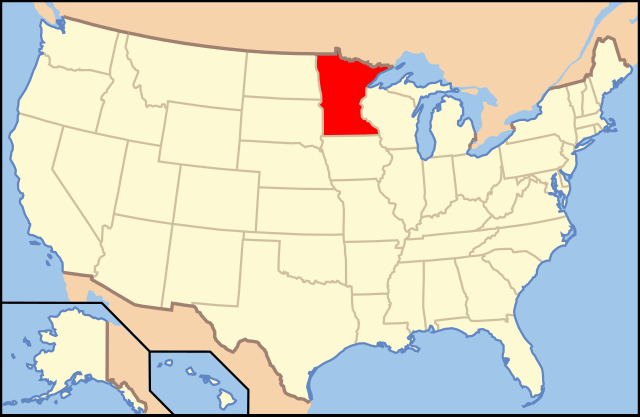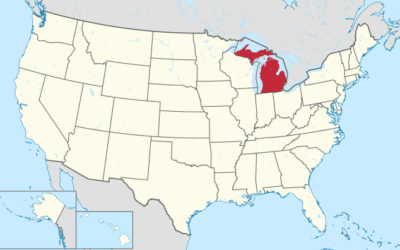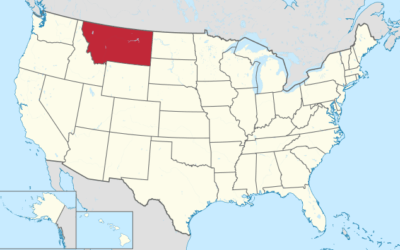Facts on Minnesota’s Incarceration Rates
Minnesota’s incarceration rate of 323 per 100,000 residents is quite the eye-opener. With 17,500 people currently behind bars, it’s clear this isn’t just a numbers game. It’s a mass incarceration issue affecting thousands. Beyond prisons, the state’s criminal justice system oversees 88,700 individuals on probation or parole. That’s like having a small city under constant watch! This is where probation officers step in, playing a crucial role. But let’s not forget the Healthy Start Act, offering hope to incarcerated women. Programs like the Prison Doula Project provide needed support to new moms in prison. Minnesota’s public and public health systems are navigating these complex challenges, aiming to make a real difference.

Current Incarceration Statistics in Minnesota
Statistics on Minnesota incarceration reveal a striking picture. The state incarcerates 17,500 individuals, a rate of 323 per 100,000 residents. This mirrors trends seen nationwide, with mass incarceration heavily impacting communities. Probation and parole also play significant roles, with 88,700 individuals under supervision. Behind these numbers, stark racial disparities persist. Programs like the Healthy Start Act aim to address these issues, offering alternatives for mothers. The Prison Doula Project further supports incarcerated women, ensuring better maternal care. Probation officers remain integral to the system, navigating the complexities of probation violations and their impact on overall incarceration trends.
Historical Growth of Incarceration Rates
The rise in Minnesota incarceration over four decades mirrors the national trend. Prisons expanded as criminal justice policies became stricter, impacting communities broadly. Notably, racial disparities in incarceration remain stark, with people of color overrepresented. These figures highlight systemic issues within Minnesota’s framework. As an alternative, the Healthy Start Act offers a new path for incarcerated mothers. This legislation aims to maintain family bonds, providing a humane approach. Meanwhile, probation remains a crucial element of control, with high numbers reflecting its prevalence. These dynamics shape the state’s approach, influencing everything from legislation to community programs focused on supporting families.

Racial Disparities in Minnesota Prisons
The racial disparities in Minnesota’s prisons are as clear as day. People of color face disproportionate incarceration, revealing systemic inequities. This isn’t just a number game; it’s a reflection of deeper issues that haunt the system.
Probation plays a huge role here too. With many under community supervision, violations often lead back to jail. Probation officers find themselves juggling these complexities daily.
Plus, Minnesota’s public health crisis is ever-present, especially for incarcerated women. Here, the Healthy Start Act and Prison Doula Project come in, offering crucial support for mothers. It’s a mixed bag of challenges that need addressing.
The Role of Probation in Minnesota’s System
Discussing probation’s role reveals Minnesota’s reliance on mass probation as a correctional measure. This approach significantly impacts Minnesota incarceration rates, with many individuals finding themselves back in jail due to probation breaches. The system’s complexity is evident, with probation often acting as a revolving door to prison. Community supervision is a pivotal component of the state’s strategy, yet it raises questions about its effectiveness. As probation intertwines with broader public safety concerns, initiatives like the Healthy Start Act and efforts such as the Prison Doula Project continue to offer support, especially for mothers. Learn more through this resource.

Impact of the Healthy Start Act
The effects of Minnesota’s Healthy Start Act are profound, offering alternatives to traditional incarceration for new mothers. These community-based solutions help preserve family bonds, marking a shift in addressing the state’s mass incarceration issues. By focusing on public well-being, the law aligns with broader efforts to reform Minnesota incarceration.
Simultaneously, it highlights the need to address racial disparities and the overreliance on mass probation. While these measures are steps in the right direction, challenges remain. For instance, the system must continue to evolve to offer better support for incarcerated women. Reforming these areas is crucial for more equitable outcomes.

Initiatives Supporting Incarcerated Women
Efforts aimed at helping incarcerated women have led to innovative programs in Minnesota. The state’s initiatives focus on enhancing maternal care, particularly through support frameworks for pregnant women and new mothers. With the help of programs that provide emotional and practical guidance, these women navigate the complexities of being a parent while incarcerated. This support is essential for fostering strong family ties and improving outcomes for mothers and children. Additionally, the focus on mass probation and community supervision aims to reduce reincarceration rates. As Minnesota addresses these challenges, it underscores the importance of public welfare and rehabilitation over punitive measures.
Future Trends in Minnesota’s Criminal Justice System
Looking at the upcoming trends, Minnesota must confront its incarceration challenges head-on. The state grapples with reducing racial disparities and reshaping probation practices. Embracing community alternatives for women who give birth in prison demonstrates innovative thinking. The state’s emphasis on supporting families underscores the broader societal impact of public health. However, the road to reform remains steep. By focusing on reentry initiatives, Minnesota aims to integrate former inmates into society successfully. The evolving approach works toward balancing public safety with rehabilitation. As momentum builds, the state’s path forward could reshape how incarceration is perceived and handled.




0 Comments